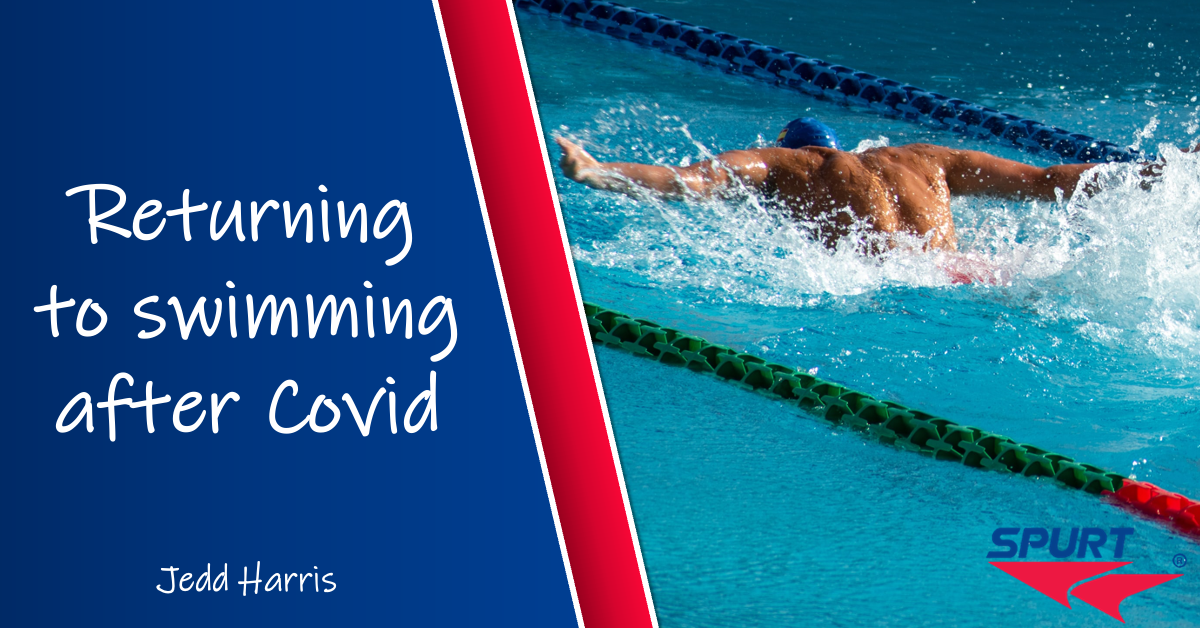Your Cart is Empty

So you’ve just had Covid-19. Fortunately, nothing too serious – just a couple of flu-like symptoms. You’ve responsibly spent the 10 days in isolation from the world, and you are now preparing for your return. You’ve also had to spend time out of the water and are now wondering how to return to swimming after Covid. This article, although definitely not medical advice, will give you some tips on how to return to swimming after having Covid-19.
Sitting in bed at 20:30, nursing a fever, dry cough, sore throat with a severe lack of taste and smell – not quite how I thought I’d be spending the night before my 28th birthday. Covid-19 always seemed like something in the distance. A topic on the news, a devastating reality in the lives of so many, but fortunately nothing too serious in my own life.
And then, out of nowhere (despite the warning signs of a pending third wave – my “it’ll never happen to me” mentality), my complacency was replaced by nervy compliance as a positive test result was steered my way. As much as I’d like to convince you that a major concern of mine is when I can return to exercise (and not for the simple reason to reach my Vitality exercise goal), it really isn’t. But still, it’s useful to know when and how you should return to swimming after Covid. So not necessarily for my own sake, but more for your sake, I decided to do a bit of research on when and how you should ease your way back into the swimming pool, after recovering from Covid.
Covid is a mysterious illness. It seems to be done with you, only to strike again with another wave of unexpected symptoms. It’s amazing how the same virus has infected my girlfriend and me, yet how different our symptoms have been throughout the entire isolation period. This is the MAJOR reason why it is so hard to know when you’re okay to jump back into the pool and return to swimming after Covid.
Typically, and for the past 30 years, doctors have relied on the “neck check” to determine when an athlete can return to training following a respiratory illness (including anything from a common cold to severe pneumonia) according to Dr. Etti Barsky. Ultimately, if your symptoms are confined to your head and neck (sore/scratchy throat, runny nose, sinus pain) AND you don’t have body pain or a fever, then you are most likely good to go and ready for a return to training.
So, sports and cardiology experts have agreed internationally that a step-wise approach is best when deciding on a return to swimming after Covid. The steps you decide to take should be based on where you fit into the following scenarios:
Remember, your health is always the priority. So don’t rush the process and be sure to follow the guidelines above. Now that we have dealt with the when, we can turn our attention to the how – and I’m pretty sure you know that it won’t be straight back into 5km plus sessions.
Cleveland Clinic suggests a six-stage process of returning to swimming after Covid, given that you have waited the prerequisite number of days once your symptoms (excluding the loss of taste and smell) have cleared and you have received the appropriate clearance from your healthcare provider.
It’s a strange virus. But we do know that complications can arise unexpectedly – this has pretty much been the main theme of this article. Therefore, it is so important to ensure you ease back into your training routine while monitoring how you are feeling at all times. A really useful mantra when returning is:
Listen, take it easy and be patient.
As the saying goes, “nobody likes a hero”… Ease your way back into the rigour of training in a way that protects your body from unnecessary strain. Remember, Covid-19 has been a once-in-a-hundred-year pandemic. And you’ve just had it.
Most importantly, remember your ultimate training partner is ready and waiting to welcome you back into the pool, with its amazing selection of swimming gear. We’ll see you there when you’re ready.